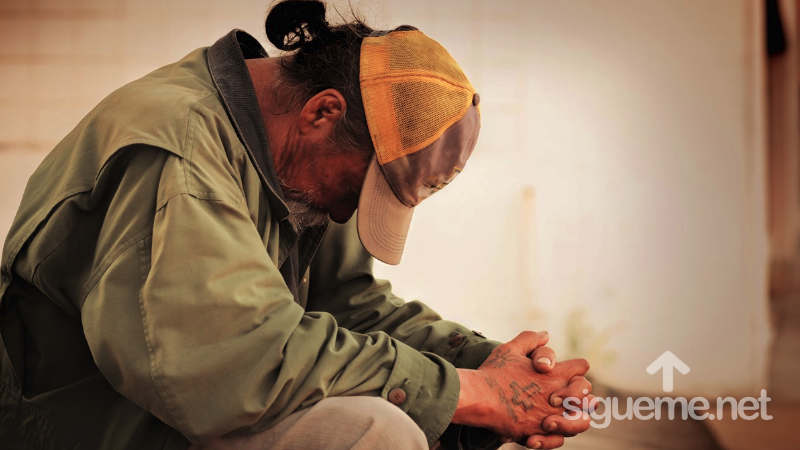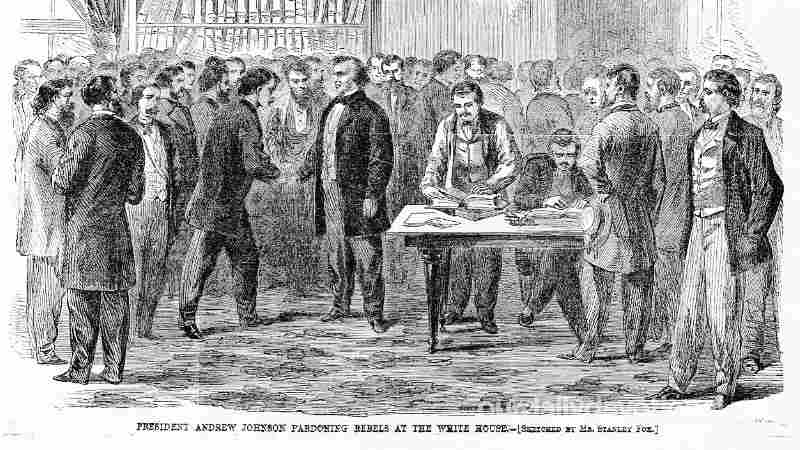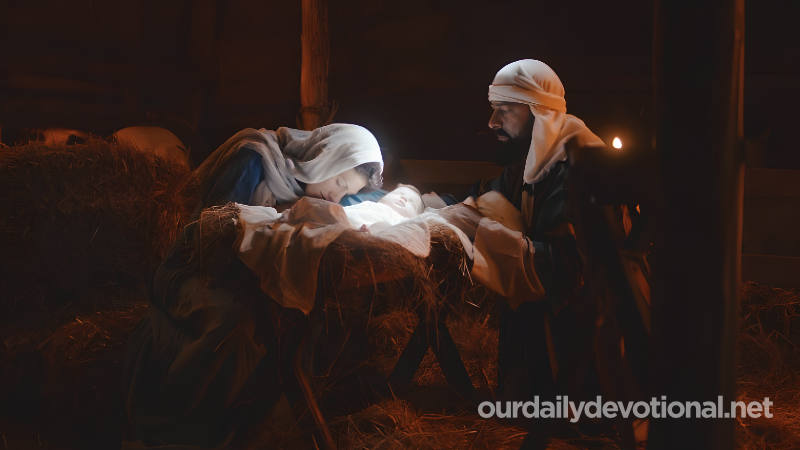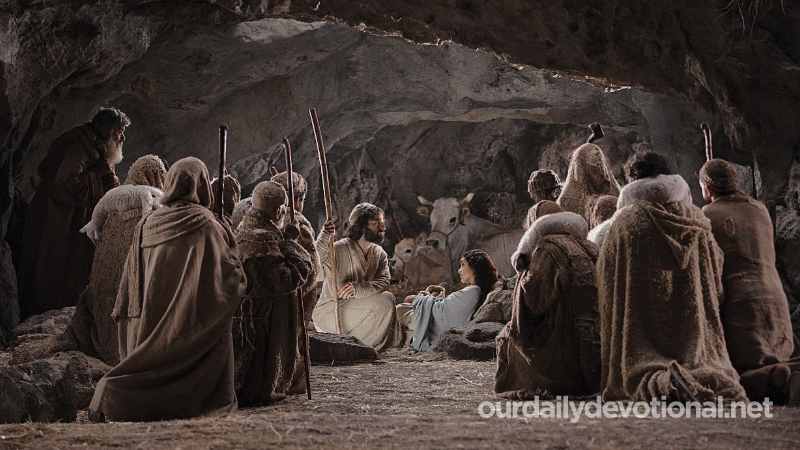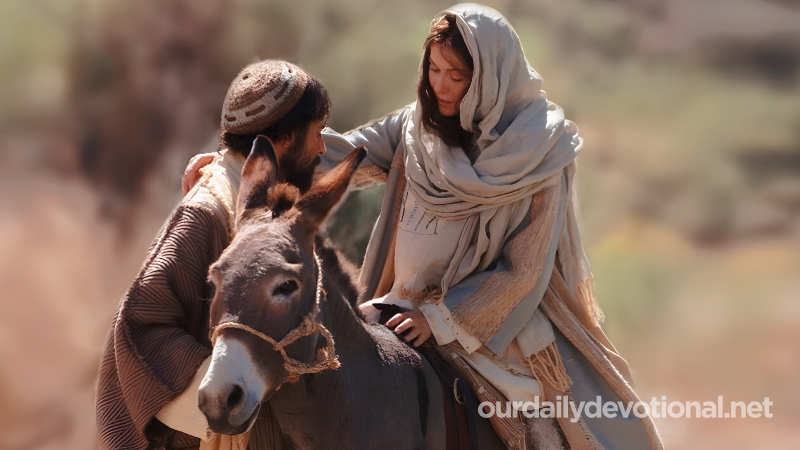City north of Bethel, south of Lebona, east of the main route, connecting Bethel with Shechem (Judges 21:19), being in Ephraim. It is identified with Seilûn, about 16 km north-northeast of Bethel.
Under Joshua, the Israelites erected the Tabernacle at Shiloh (Josh. 18:1) and proceeded to cast lots for the parts of Canaan that had not yet been allocated (Josh. 18:8-10; 19:51; 22 :9).
The tribes from west of the Jordan gathered at Shiloh to summon their brothers east of the river to explain the erection of their altar (Josh. 22:12).
In the time of the Judges, the Israelites celebrated an annual festival in Shiloh in honor of Jehovah (Judg. 21:19; 1 Sam. 1:3). On one of these occasions, the Benjamites seized young girls from Shiloh (Judg. 21:16-23).
In the time of Eli, and during Samuel's childhood, the tabernacle and the ark were still found in this location (Judg. 18:31; 1 Sam. 1:9, 24; 2:14, 22; 3:3, 21; 4:3, 4; 14:3).
The taking of the ark by the Philistines means that God had abandoned Shiloh (Ps. 78:60; Jer. 7:12, 14; 26:6, 9), resulting in a suspension of the covenant made at Sinai, symbolized in the ark and ritual. When the Philistines returned the ark, it was not returned to Shiloh (1 Sam. 6:21; 7:1, 2; 2 Sam. 6:2, 11, 17).
Samuel laid the foundations for the reform that would lead to the Israelites seeing their covenant privileges restored.
Ahijah, the prophet of Shiloh, had predicted Jeroboam's future kingship. This ruler's wife, whose son was seriously ill, went to Shiloh to ask the prophet if her son would be healed (1 Kings 14:2, 4).
The city was still inhabited in the time of Jeremiah (Jer. 41:5) and continued to exist during the Greek, Roman and Byzantine empires.
Meaning of SILO
City north of Bethel, south of Lebona, east of the main route, connecting Bethel with Shechem (Judges 21:19), being in Ephraim. It is identified with Seilûn, about 16 km north-northeast of Bethel.


